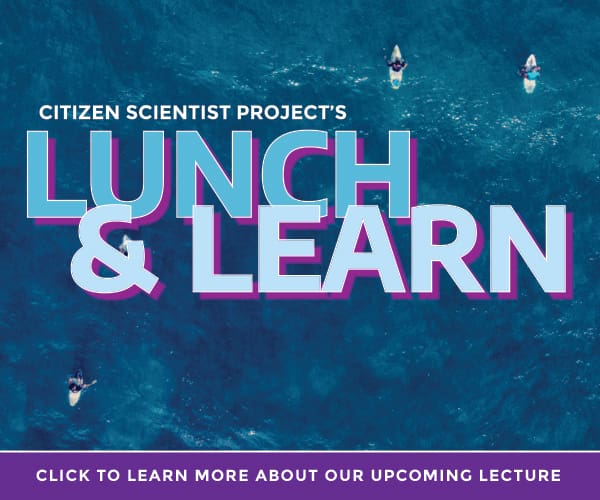A key area of dispute among the Key Biscayne Village Council when it comes to the Big Dig and climate change: what is the proper way to scientifically model, or predict, the future?
Council Member Brett Moss proposed at March 20 workshop a scaled-back stormwater system that he says would save taxpayer money. Authoring his own chart, Moss argued past rainfall rates did not warrant the level of spending sought by the administration.
But the approach looking at historical data is inherently flawed, scientists say.
In 2021, Florida International University’s Sea Level Solutions Center issued the Extreme Rainfall Report that examined evolving rainfall prediction techniques in Florida with the goal of getting reliable model data for policymakers. The report is aimed at scientists and engineers, chock full of mathematical equations explaining methods of making estimates with limited data.
Brian Soden, a professor of meteorology at the University of Miami’s Rosenstiel School, was part of the FIU expert group. He said using historical data is not a sound way of gauging flood risk, because historical records do not deal with the reality of climate change.
“You have to design it for sea level rise and more intense rain events,” Soden said Tuesday. “Both of these things will happen.” He said that climate change models show that more moisture will be stored in the atmosphere, leading to more rain and more intense periods of rain. And he added that so far, actual observed data is confirming model predictions.
“We can design a stormwater system very well for the previous 50 years, but that’s not going to help anyone,” he said. “It should be forward looking. The climate is changing.”
Soden said the main scientific challenge with current rainfall rate estimates is that they are highly variable by location – one size doesn’t fit all. So-called “dynamical” models, which are simulations of the environment, are highly complex. They require supercomputers to process and the results are “coarse” — meaning they cover grids 100 miles on one side.
“The challenge is regional prediction,” he said.
Indeed, the federal government is pouring more money into better models of rainfall to help communities better plan for climate change.
NOAA’s Hydrometeorological Design Studies Center’s rain estimate, known as “Atlas 14,” is in the midst of a major upgrade with more climate-change modeling.
Funding was approved in President Biden’s $1.2 trillion bipartisan infrastructure law. By 2025, the revamped database, Atlas 15, is expected to cover most of the nation with even more-accurate rainfall data.
In Key Biscayne, the rainfall rate is tied to size of drainage pipes needed to carry millions of gallons of stormwater. Although pumping capacities can be changed later, once the pipes are in the ground, a limitation is set, no matter the size of future pumps. So, having some estimate of future rainfall — and risk — becomes key.
Roland Samimy, the Village’s chief resilience officer, said officials will recommend at the April 9 Council meeting to put pipes in the ground that can remove 2 inches of water per hour. He said the K-8 phase would cost between $32 and $34 million.
The system that Moss endorses would have half the capacity, using smaller pipes. He has argued that Key Biscayne should simply get used to occasionally having some flooding, and that his plan would keep streets dry most of the time — an assertion that Samimy rejects.
“So constantly going backwards, and looking at rainfall from 30, 40 years ago, it’s kind of a little bit of a red herring because rainfall is intensifying,” Samimy said.
Tony Winton is the editor-in-chief of the Key Biscayne Independent and president of Miami Fourth Estate, Inc. He worked previously at The Associated Press for three decades winning multiple Edward R. Murrow awards. He was president of the News Media Guild, a journalism union, for 10 years. Born in Chicago, he is a graduate of Columbia University. His interests are photography and technology, sailing, cooking, and science fiction.




